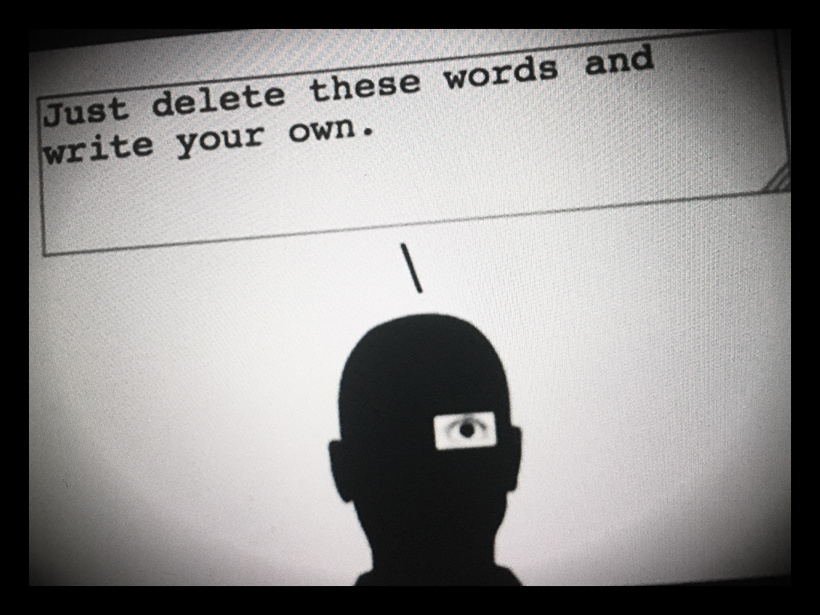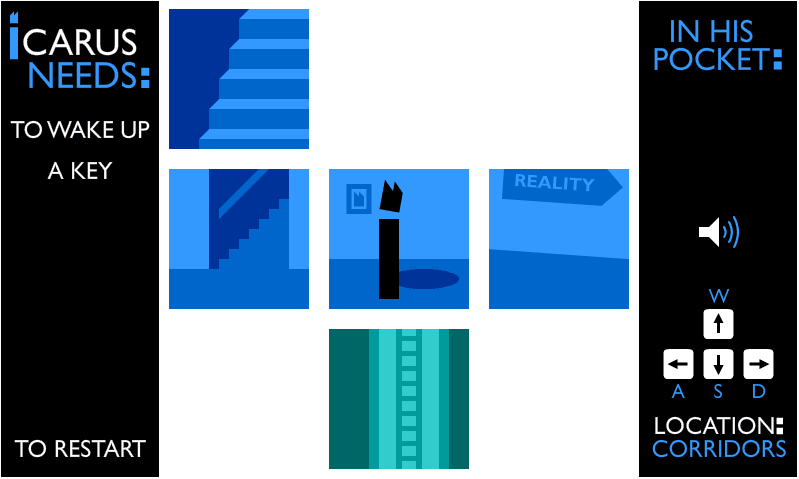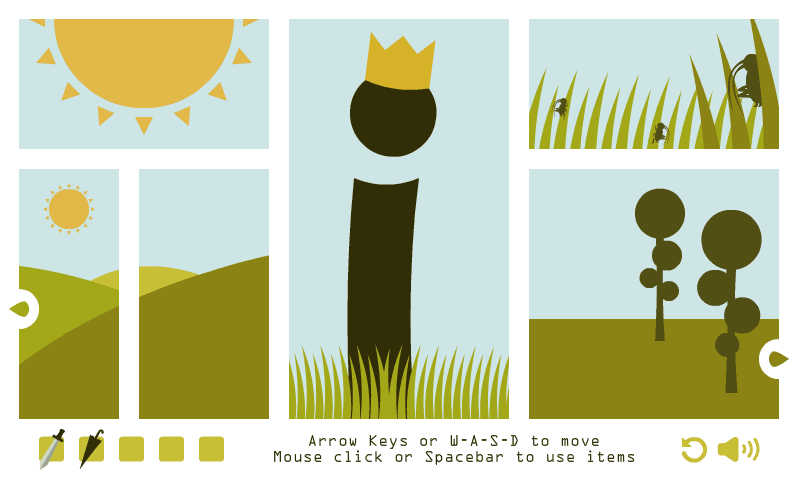the empty kingdom
 "The Mr. Nile Experiment 5: Delete These Words" por Daniel Merlin Goodbrey
"The Mr. Nile Experiment 5: Delete These Words" por Daniel Merlin GoodbreyOs académicos parecem estar a ganhar a corrida aos cómicos, normal considerando como são rápidos a verborrar mas a BD ainda demora algum tempo no traço. As suas incursões ao realm da banda desenhada digital tornam-se mais usuais, apenas pecam pela teoria não se apoiar em práticas generalizadas difundidas entre os populares da cultura e demais artistas. Enquanto esperamos que o acto e sua razão se equiparem, a academia engrossa literatura em intenções e dessas é o inferno — tentamos manter distâncias e vingar pelo que se manifesta em praça pública.
Com a escrita na parede, estamos curiosos pela publicação de um "Between Pen and Pixel — Comics, Materiality, and the Book of the Future" por Aaron Kashtan, cuja descrição nos alenta alguma esperança no bom caminho mesmo se simultaneamente esvazia-nos o ímpeto pessoal de traçar essa mesma evolução dos comics. Felizmente, mais tempo nos sobra para vincar o ainda-mais-pessoal: autenticidade.
Aaron Kashtan argues that paying attention to comics helps us understand the future of the book. Debates over the future of the book tend to focus on text-based literature, particularly fiction. However, because comics make the effects of materiality visible, they offer a clearer demonstration than prose fiction of how the rise of digital reading platforms transforms the reading experience. Comics help us see the effects of alterations in features such as publication design and typography, whereas in print literature, such transformations often go unnoticed.
With case studies of the work of Alison Bechdel, Matt Kindt, Lynda Barry, Carla Speed McNeil, Chris Ware, and Randall Munroe, Kashtan examines print comics that critique digital technology, comics that are remediated from print to digital and vice versa, and comics that combine print and digital functionality. Kashtan argues that comics are adapting to the rise of digital reading technologies more effectively than print literature has yet done. Therefore, looking at comics gives us a preview of what the future of the book looks like. Ultimately, Between Pen and Pixel argues that as print literature becomes more sensitive to issues of materiality and mediacy, print books will increasingly start to resemble to comic books.
in "Between Pen and Pixel" abril 2018
Cof-cof, partilhamos da ideia dessa desmaterialização. Descobrimos recentemete que pela mesma altura em finais do verão passado Daniel Merlin Goodbrey — visitado aqui e aqui — publicava online a sua tese de doutoramento com as mesmas preocupações: "The Impact of Digital Mediation and Hybridisation on the Form of Comics" agosto 2017. Fica o abstract como recap rápido e actual do estado da arte por um pioneiro de formatos online uma década antes de ser uma cena:
The form of comics is undergoing a transition as digital display becomes an increasingly popular mode of consumption. This thesis examines the impact of digital mediation and hybridisation on the form of comics. Through an analysis of the work of theorists (e.g. Cohn; Groensteen; Hatfield; Miodrag) and practitioner-theorists (e.g. Eisner; McCloud), a model of comics is developed based on seven key characteristics of the form: space as time; simultaneous juxtaposition of images; closure between images; spatial networks; reader control of pacing; tablodic images; word and image blending.
A cross-disciplinary, practice-based methodology is used to examine the impact of digital mediation on these seven characteristics. The operation of a range of different formats of digital comic (webcomics; infinite canvas; malleable page; guided view; motion comic; hypercomic; game comic; audible comic) is analysed. Similarities between digital and architecturally mediated formats are considered. A series of prototype game comics is created to investigate the hybridisation of comics with the ludic qualities of videogames. A further game comic prototype is constructed to examine the integration of audible, time-based soundtracks.
The thesis concludes that different digital comic formats place greater or lesser emphasis on the seven identified characteristics of the form. Gallery-based hypercomics are shown to draw on approaches originally established within digital formats to meet the challenges of architectural mediality. Game comics are identified as hypercomics that exhibit some of the characteristics of games and use some of the key characteristics of the form of comics as the basis for their gameplay. The spatial nature of the form of comics is established as providing potential for synthesis with the spatial nature of videogames. Responsive soundtracks are demonstrated to support rather than conflict with the identified characteristics of the form.
in "The Impact of Digital Mediation and Hybridisation on the Form of Comics" ago 2017
Hélas, repetimos, se as baterias da academia se apontam hoje à BD em digital, falta-lhes a execução do seu objecto de estudo. Ao contrário da anterior relação à cultura popular que beneficiou de um extenso manancial para amostra, desta volta chegou-se primeiro à suposição de teses recorrendo a indícios ténues fatalmente voláteis pela insipiência de uma tecnologia demasiado embrionária para estabelecer formatos que perdurem o suficiente a justificar uma consolidação de estilos, narrativas, géneros, hábitos de produção ou sequer a sua leitura. Retornamos aos "The Empty Kingdom" 8 dez 2014 e "Icarus needs" 10 jul 2013 deste mundo:
...Falta-lhes um "killer" comics para o revolucionar, e desses falaremos em próxima ocasião.


